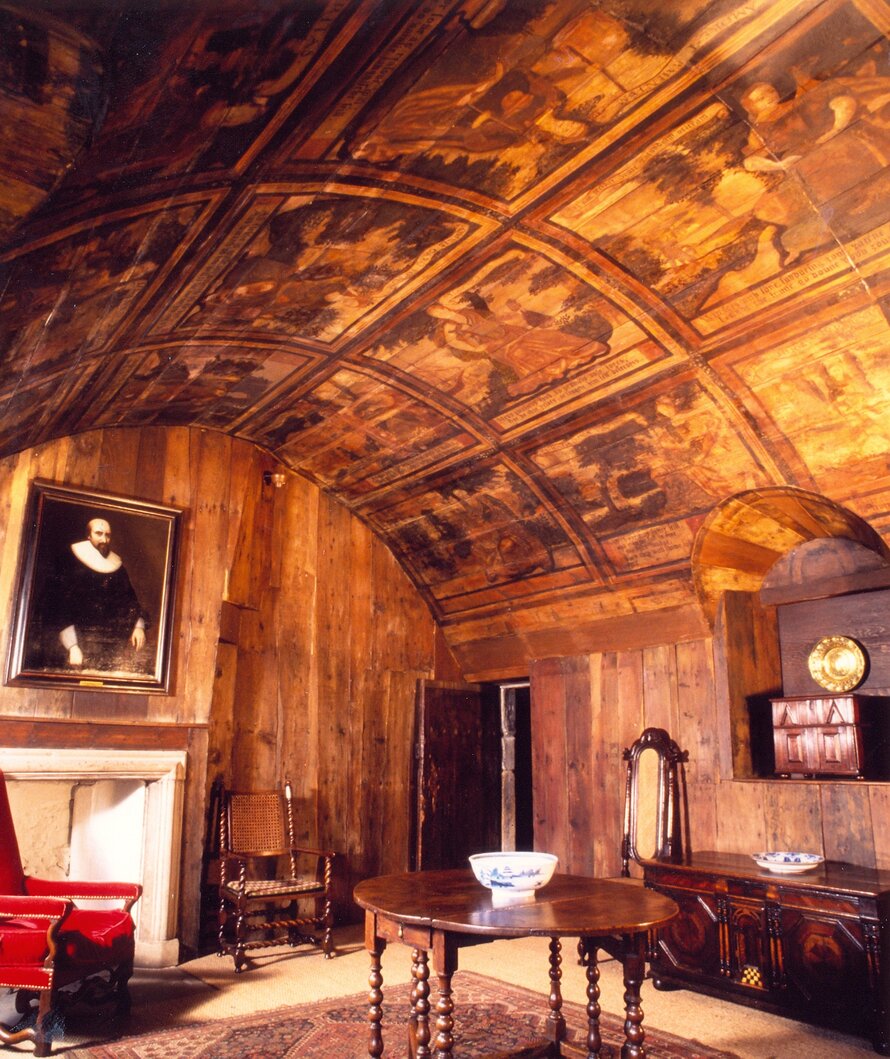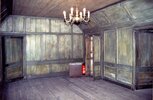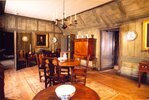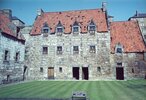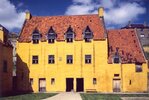Culross Palace
Culross Palace in Fife, built for the industrialist and politician Sir George Bruce, is a unique example of a Scottish merchant's house of the late 16th and early 17th century. Although King James VI was a guest of Sir George on several occasions, the house was never a royal ...
Read more
Project details
| Title: | Culross Palace |
|---|---|
| Entr. year: | 1997 |
| Result: | Diploma |
| Country: | United Kingdom |
| Town: | Culross, Dunfermline, Fife (Scotland) |
| Category type: | architectural heritage |
| Building type/ Project type: | Multipurpose building |
| Former use: | Residence, legal and commercial centre of Culross |
| Actual use: | Museum, historic garden, cultural attraction |
| Built: | 16th century |
| Architect / Proj.leader: | George Bruce of Carnock, Architect , Ross and Martin, quantitiy Surveyors (Edinburgh - UK) |
| The Jury's citation: | For the sensitive enhancement of a rare merchant's house of the Renaissance period including the scholarly restoration of painted decoration and the recreation of its 17th century garden. |
| GPS: | 56°3'19.5"N 3°37'53.4"W |
| Web, Links: | www.visitscotland.com/info/see-do/culross-palace-townhouse-study-p250721 |
Description:
Culross Palace in Fife, built for the industrialist and politician Sir George Bruce, is a unique example of a Scottish merchant's house of the late 16th and early 17th century. Although King James VI was a guest of Sir George on several occasions, the house was never a royal residence, making the term palace therefore a misnomer. In 1932 Culross Palace was sold by the Earl of Dundonald, a descendant of Sir George Bruce, to the National Trust for Scotland. Both the exterior and interiors of the building, consisting of two wings, have been restored. Rooms in the west wing, dating from 1597, which for years lay unfurnished and barren have been refurbished to reflect 17th and 18th century styles. In the north range the furnishing is understated to allow a full appreciation of the painstakingly restored painted paneling and ceilings. Behind the Palace a 17th century garden was recreated, attracting great interest. Throughout the project major archaeological excavations in the courtyard revealed foundations of a 17th century east range and entrance pathways to both remaining ranges. These have been reinstated and laid out for visitors to see. The results of the excavations will be presented to the public as well as published as an academic report.
Similar projects

18th-19th century
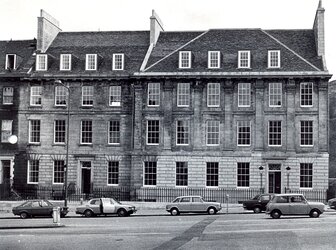
19th century
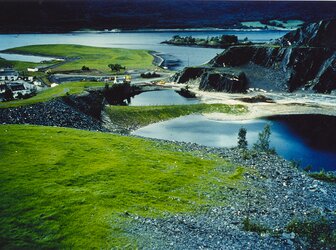
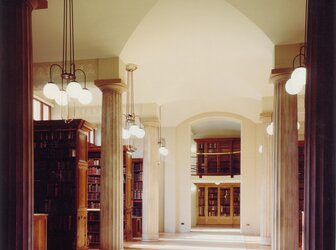
19th century
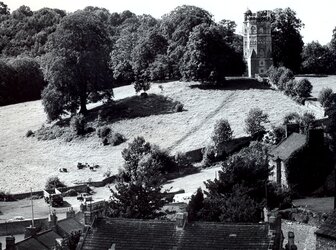
18th century
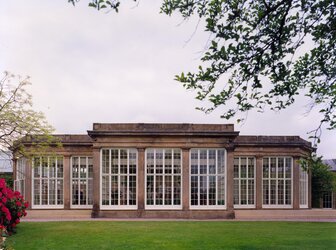
18th-19th century
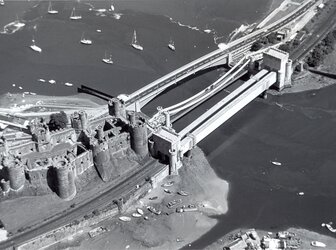
19th century

18th century
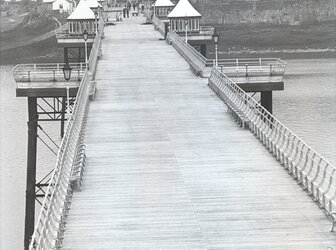
19th century
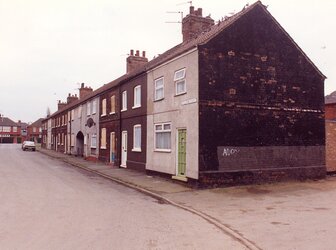
19th century
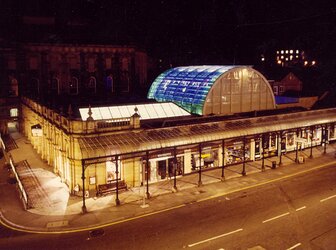
19th century
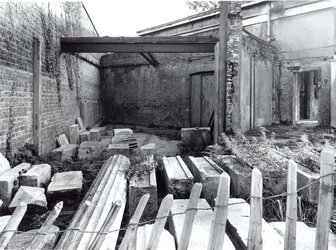
19th century
